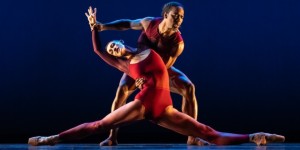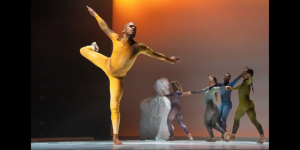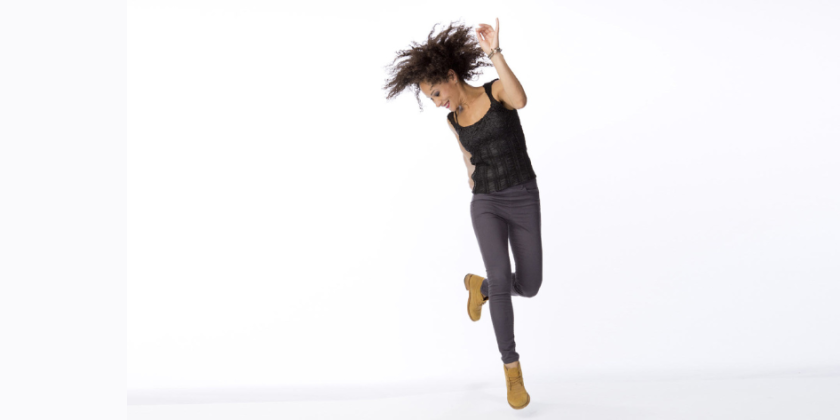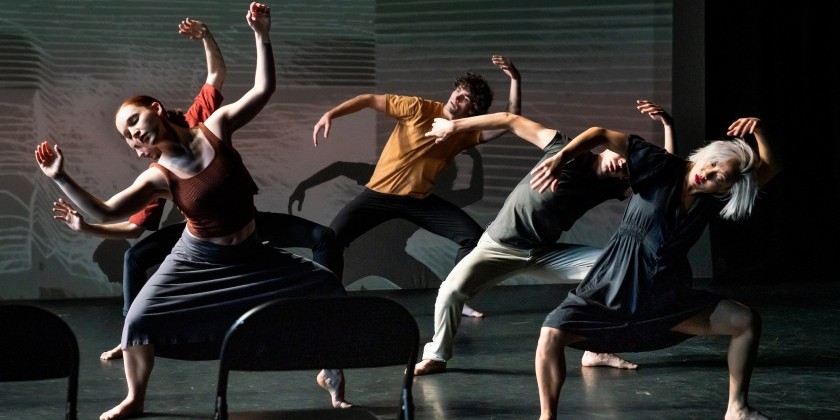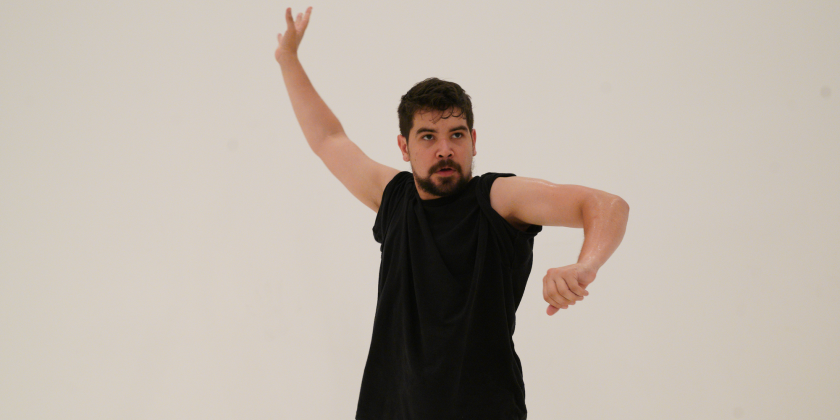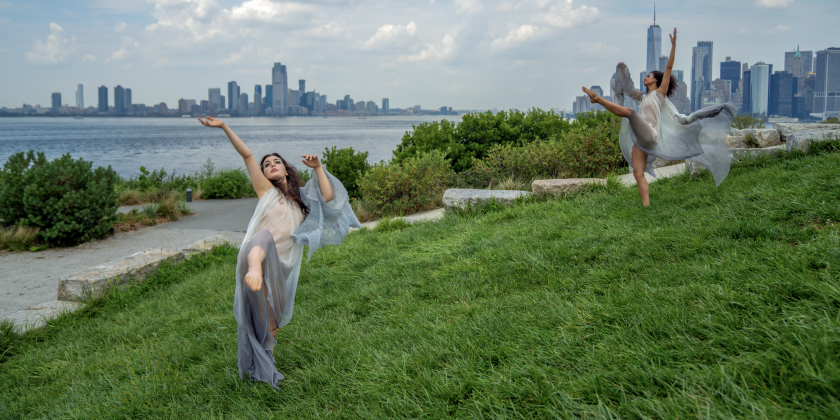Impressions of Ballet Hispanico
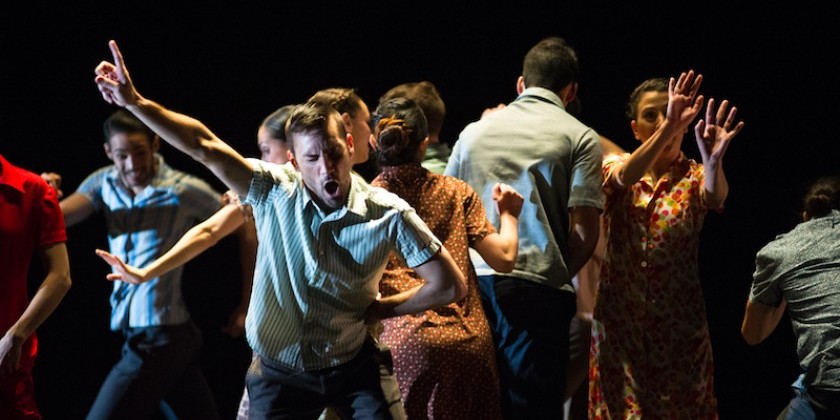
Celebrating Latin Culture Through Dance
The Joyce Theater
Artistic Director: Eduardo Vilaro
Flabbergast (2001)
Choreography: Gustavo Ramirez Sansano / Music: Juan García Esquivel
Bury Me Standing (1998)
Choreography: Ramón Oller / Music: Lole y Manuel
Club Havana (2000)
Choreography: Pedro Ruiz / Music: Israel López, Rubén Gonzales, A.K. Salim, Perez Prado, Francisco Repilado
Merriam-Webster defines a company as a group of performing artists (definition 2C), but most companies extend far beyond this. They can be the repositories for one choreographer’s vision, an outfit devoted to a dance style or period, or an organization that realizes the cultural dynamics of a particular community.
As a company, Ballet Hispanico is pretty straightforward. It explores, preserves, and celebrates Latino culture through dance. Yet, during the three pieces it showcases during its season at The Joyce Theater (there’s also a six-work family matinee), the company presents another unifying factor: the plié. The dancers sink and plummet into deep, juicy bends, knees extending far over their toes. This isn’t a polite plié; this is a plié that means business. Performers use their plié as part and parcel of whatever comes next: a nose-grazing kick, a shoulder shimmy, a scoot to the floor. There’s plenty of virtuosity, but these pliés, littered everywhere, are one of the most impressive things on display.
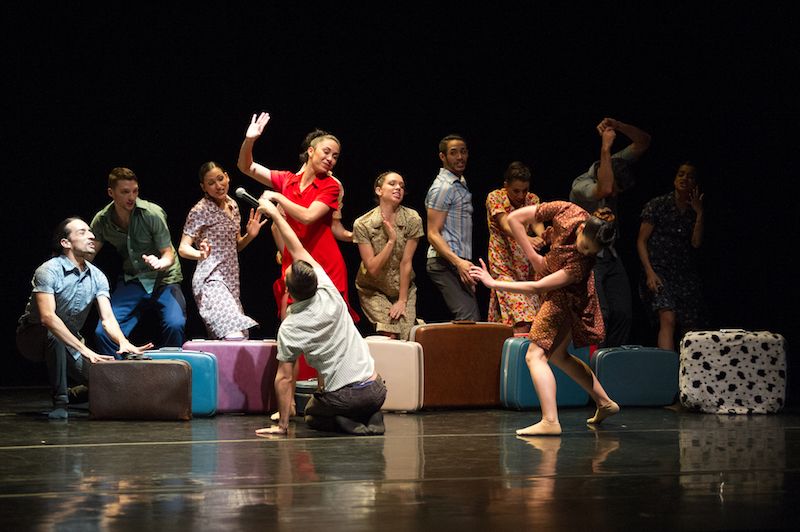
The opener, Flabbergast (choreography by Gustavo Ramirez Sansano), flickers with the hammy, episodic quality of a silent movie. Clutching suitcases and sporting wide-eyed grins, the cast of a dozen tussles and bustles. The stage acts as a hub, for trains or maybe for planes, where dancers cross paths as they scramble to their next destination. Nuttiness reigns. The house lights flare on, and the dancers feign shock at the audience. A harpy croons some off-key karaoke, and a couple finds true love. At the end, the end flashes across the cyclorama.
Bury Me Standing (choreography by Ramón Oller) features travelers of another sort: gypsies. The Romani people have trekked around the world for a thousand years, fleeing from, and then finding anew, oppression. Christopher Hernandez (who looks like the Brooklyn-based barista of your dreams) appears to be the outsider among these outsiders. He sweeps his arm into a lush flamenco–inspired pose before spilling over the front of one foot into a supple fall. He ghosts on- and off-stage as four men and six women stamp their feet, clap their hands, and skitter on their knees.
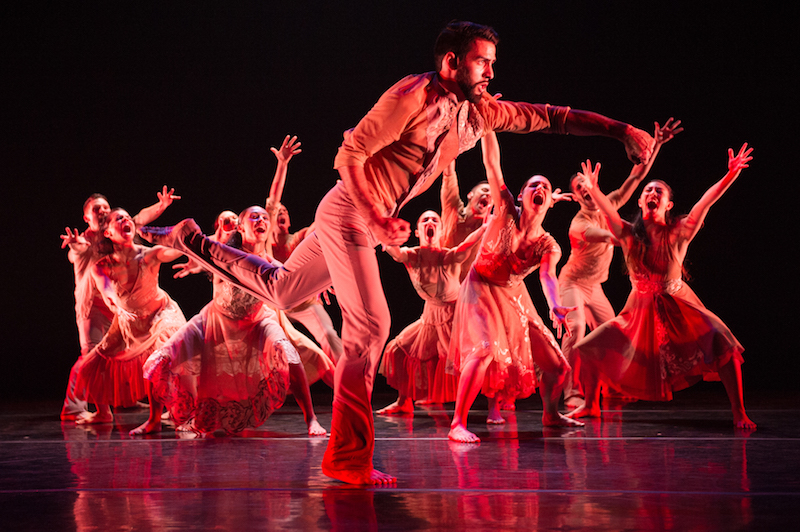
Club Havana (choreography by Pedro Ruiz) is supposed to evoke a ‘50s Cuban nightclub: Mambo, Rumba, the Cha Cha. It works if your image of this involves men hoisting women into gracefully cresting leaps and escorting them through promenades — the ladies’ upraised leg bent like the Swan Queen’s. If dated cabaret tropes aren’t your idea of a sizzling Havana club, then tough luck, because the twisting hips, syncopated weight changes, and sultry earthiness of the Latin dances are largely absent.
None of the three pieces have a story, but they are populated with characters: the wanderer, the lovebirds, the slouch-shouldered Lothario, the spitfire, the seductress. While the works vary wildly in ambiance, zigging from cutesiness to pathos and then zagging to dinner-theater thrills, these archetypes anchor the evening in familiarity.
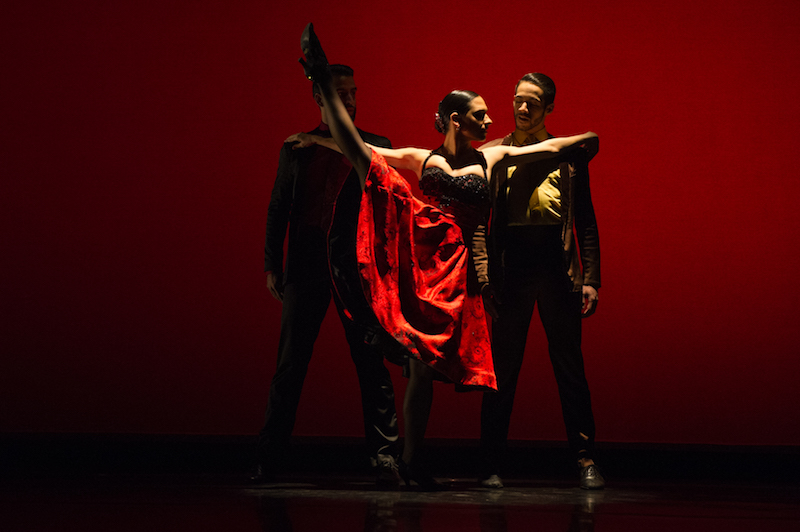
Ballet Hispanico seems to recognize that the entry to an audience’s heart is through its ear. The antics of Flabbergast unfold to songs by Juan García Esquivel, lounge music for those who like their martinis extra dry. The plaintive melodies of Lole y Manuel amplify the drama of Bury Me Standing while Club Havana sonically sparkles with punchy rhythms from the likes of Perez Prado and Israel López. All the scores are medleys, so like a radio station, moods and tempi change easily and often.
The evening’s sum, which is excellent, is greater than its parts: Flabbergast registers as a little silly, and Bury Me Standing loses its gripping power the longer (and it goes long) it goes. As for Club Havana, its complete disconnection of movement from music renders it into something akin to a revue on a cruise ship. But the dancers — those luxurious pliés, their nimble feet, a plucky, anything-goes attitude — exploit the gravitas and whimsy. Perhaps Merriam-Webster got it right: A company is a group of performing artists. Emphasis on artists.
Share Your Audience Review. Your Words Are Valuable to Dance.
Are you going to see this show, or have you seen it? Share "your" review here on The Dance Enthusiast. Your words are valuable. They help artists, educate audiences, and support the dance field in general. There is no need to be a professional critic. Just click through to our Audience Review Section and you will have the option to write free-form, or answer our helpful Enthusiast Review Questionnaire, or if you feel creative, even write a haiku review. So join the conversation.





